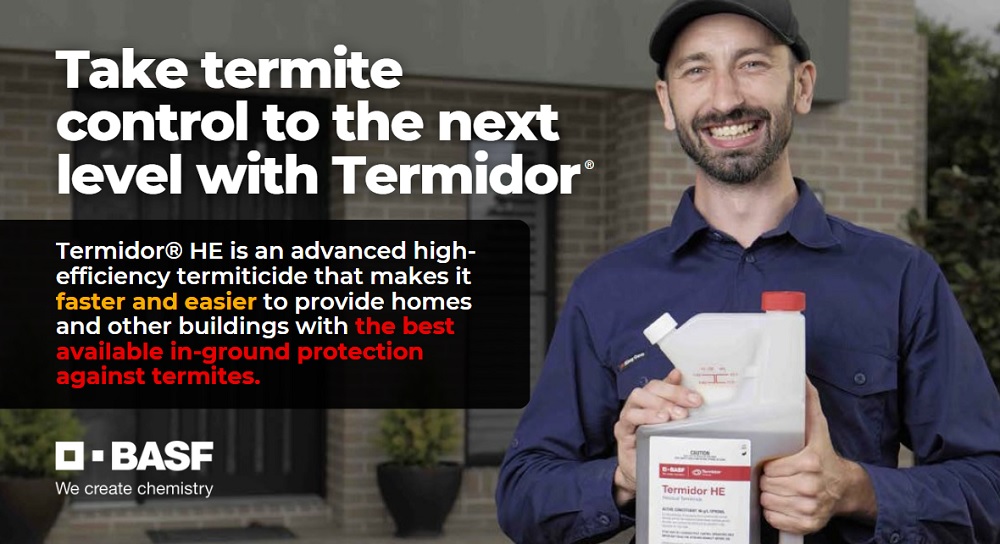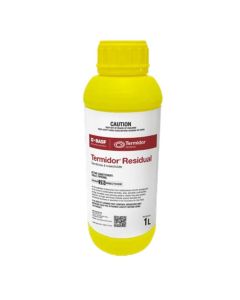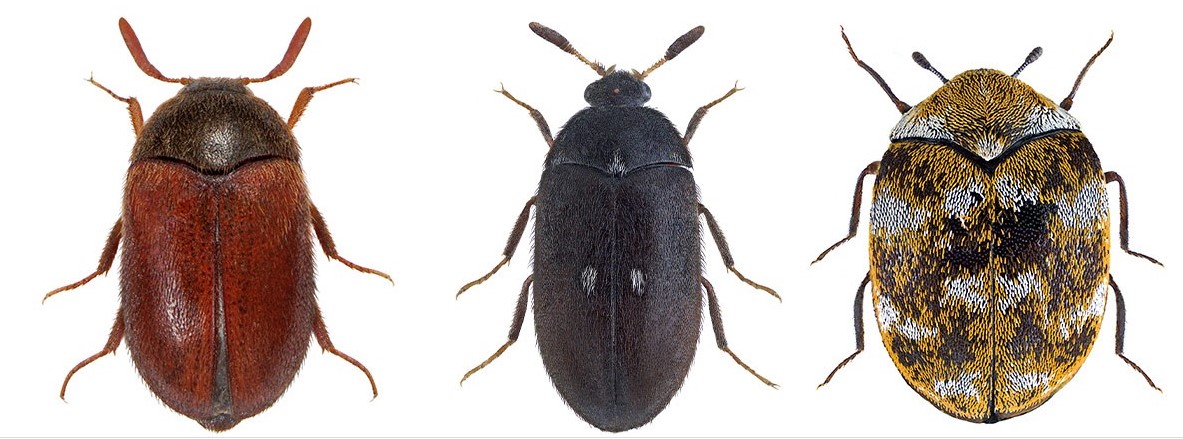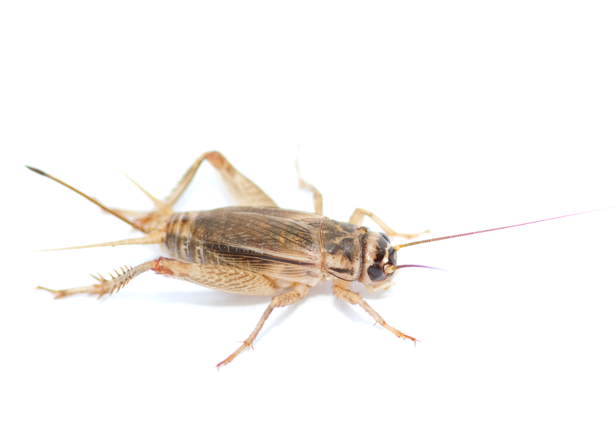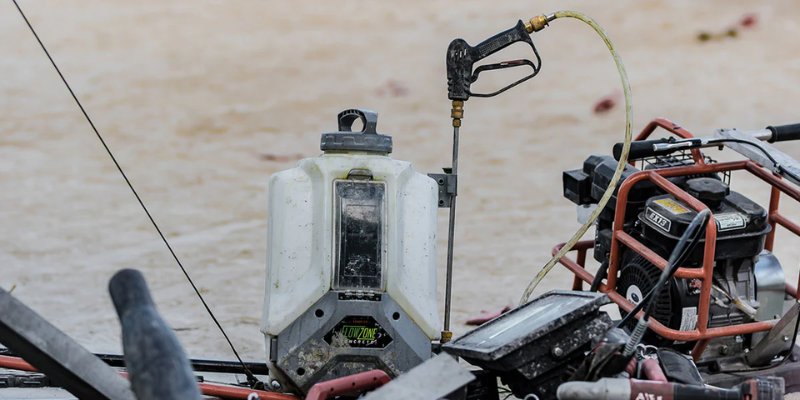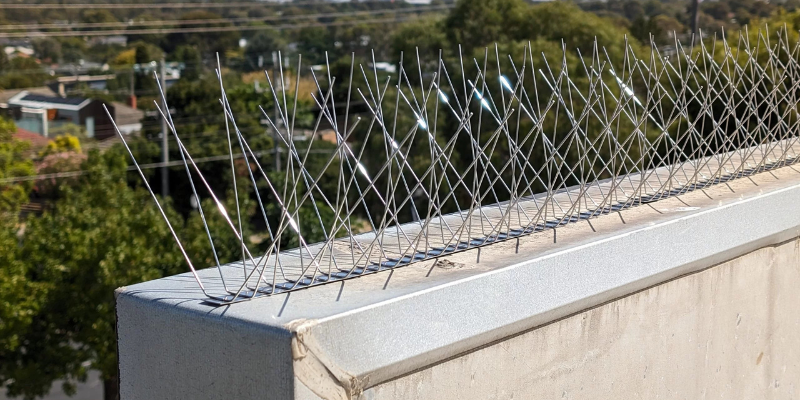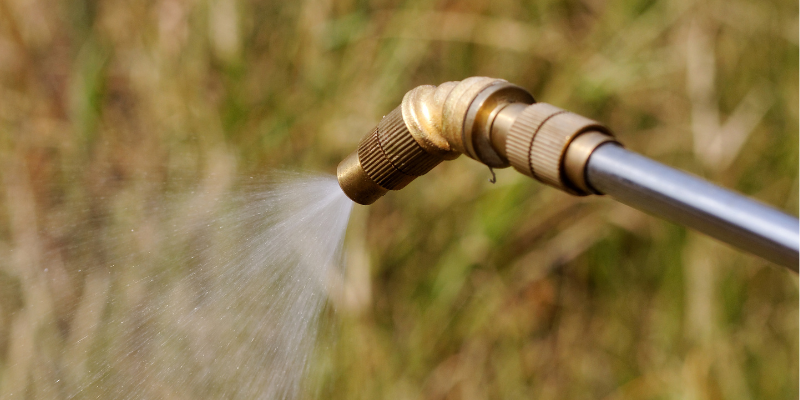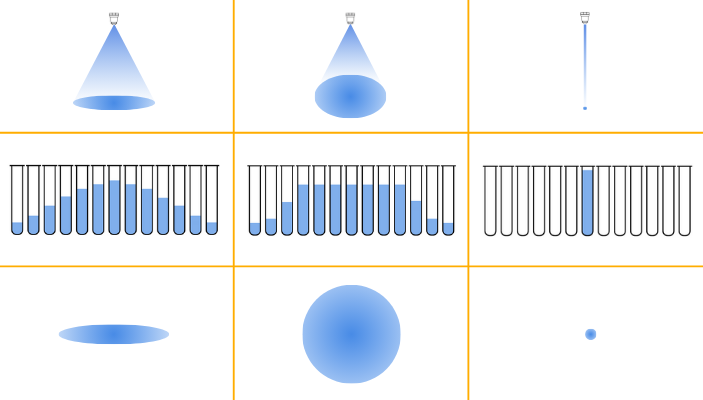Difference between Subterranean, Drywood and Dampwood Termites
Difference between Subterranean, Drywood and Dampwood Termites: Habitats, Damage and Key Signs
Based on their nesting and feeding habits, each termite species can be classified into one of three types: subterranean, drywood or dampwood termites. Understanding the nuances between these termite types is essential for crafting effective strategies to prevent and eliminate infestations. Let's explore the difference between where subterranean, drywood and dampwood termites live, the damage they cause and the key indicators that an infestation is underway.
Habitats
Subterranean termites live in soil and typically feed on wood that is in contact with the ground, whereas drywood and dampwood termites fully live in the wood they're feeding on.
Drywood termites do not require any contact with the ground and get the moisture they need from the atmosphere, meaning they prefer humid environments.
As their name implies, dampwood termites require wood that's high in moisture content, for example decayed wood in damp areas of homes, like leaky bathrooms or roofs.
Potential Damage
Living in colonies of several million, subterranean termites are the most common and destructive type of termites in Australia, impacting both living trees and wooden structures. They can even damage underground power cables, chewing through the plastic coating and exposing the conducting wires to moisture resulting in short circuits and power failure.
Although they live in smaller colonies, drywood termites can also cause significant damage as they nest and feed in wooden structures for long periods which show no outward sign of damage until the structure collapses.
As they generally feed on rotting timber, dampwood termites have been less of a problem for humans but can cause further damage to decaying timber structures, however removing the moisture source will eventually lead to the colony's demise.
Key Signs
Mud tubes made of dirt, saliva and liquid frass are a telltale sign that a colony is nearby as these act as protection when subterranean termites emerge from the ground.

Drywood and dampwood termites may be harder to detect as they live directly in the wood but signs to watch out for are the presence of frass near tiny holes in the wood that these faecal pellets have been 'kicked out' of. Under a microscope, drywood termite frass has six hexagonal sides featuring clear longitudinal ridges with concave surfaces (see image above) while dampwood termite frass is also the same elongated shape with rounded ends but does not have the distinct ridges of drywood termite frass.
Suspect your client has a termite infestation? Globe Pest Solutions has everything you need for effective control solutions for all types of termites, from detection equipment to termite baiting and monitoring systems to target subterranean termites, termiticide foam for drywood and dampwood termites, and more! Explore the termite treatment range on our website or get in touch with your local Globe branch today.


